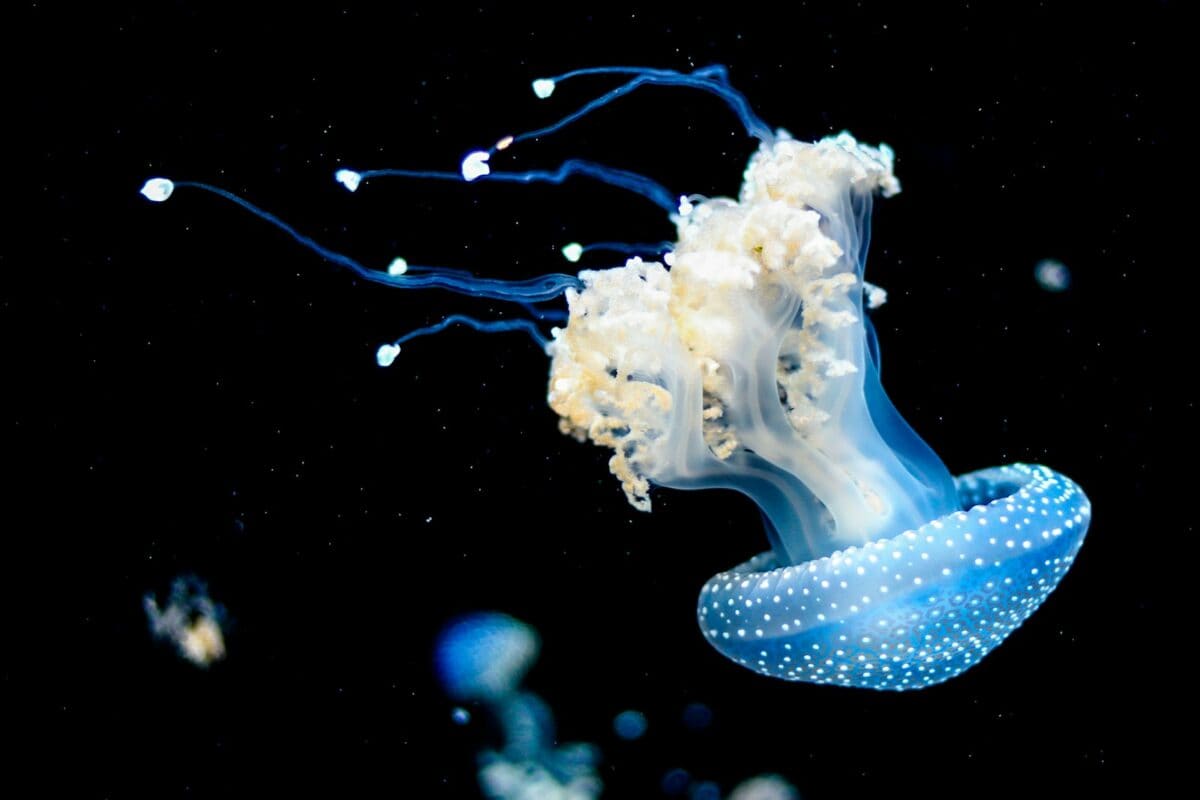In the vast and diverse animal kingdom, venomous creatures stand out as some of the most fascinating and feared. These incredible organisms have adapted over millennia to employ venom as a vital tool for survival, whether for hunting or self-defense. From the oceans to the deserts, venomous animals captivate us with their incredible abilities and complex biochemistry. Let’s uncover some intriguing facts about these extraordinary beings.
12. The Dual Purpose of Venom

Venom serves two primary purposes for these creatures: capturing prey and deterring predators. Many venomous animals use their toxic weaponry to subdue prey quickly, making meals far more manageable. Simultaneously, the fear of a painful sting or bite acts as a powerful deterrent to would-be threats, offering them a significant evolutionary advantage.
11. Venom vs. Poison: Know the Difference

It’s crucial to distinguish between venomous and poisonous animals. Venom must be injected through a bite, sting, or other specialized mechanism, while poison is typically ingested or absorbed through the skin. Hence, while a snake is venomous because it injects venom, a poison dart frog is poisonous due to the toxins present on its skin.
10. Astonishing Venom Diversity

The composition of venom can differ dramatically among species, even those closely related. Venoms can contain hundreds of different proteins and enzymes, and each toxin can have a distinct impact on targets, affecting the nervous system, blood, or muscle tissue. This diversity allows animals to adapt their venom for specific prey or defense against particular predators.
9. A Lesson from the Ocean: The Box Jellyfish

Considered one of the most venomous marine animals, the box jellyfish’s tentacles can deliver a sting potent enough to kill humans in brief encounters. Its venom attacks the heart, nervous system, and skin cells. Swimmers near these creatures must be aware and cautious, as even a brief brush with its tentacles can be life-threatening.
8. The King of Venomous Snakes: The Inland Taipan

Known as the world’s most venomous snake, the inland taipan of Australia boasts an incredible potency in its bite. Its venom is so effective that just a single strike can kill 100 adult humans or 250,000 mice. Fortunately, this snake is reclusive and rarely comes into contact with people, staying deep in the arid regions of Australia.
7. Small but Deadly: The Blue-Ringed Octopus

Despite its small size, the blue-ringed octopus carries enough venom to kill 26 adult humans within minutes. Found in the Pacific and Indian Oceans, this cephalopod’s bite can lead to respiratory failure and paralysis in humans if not treated immediately.
6. The Threat of the Brazilian Wandering Spider

Regarded as one of the most aggressive and venomous spiders, the Brazilian wandering spider, or “armed spider,” is noted for delivering intensely painful bites that can occasionally result in severe medical symptoms. Its venom contains a potent neurotoxin that can cause paralysis and death.
5. Cone Snails: Lethal Beauties

Cone snails may seem harmless at a glance, but their beautiful, patterned shells disguise a deadly nature. These snails kill prey by shooting a spear-like radula tooth that injects venom with stunning precision. Their venom is complex and contains a cocktail of toxins that can lead to paralysis in humans.
4. Scorpions: Ancient Venomous Predators

Scorpions have roamed the earth for hundreds of millions of years, utilizing venom to capture prey and ward off predators. While most scorpions pose no significant threat to humans, a few species, such as the bark scorpion, deliver stings that can be dangerous, requiring immediate medical attention.
3. Assassin Bugs and Their Unique Weaponry

These insects, which include the notorious kissing bug, use their specialized mouthparts to inject potent venom that can sometimes transmit harmful pathogens to humans. It’s a necessary adaptation for subduing their prey but can cause significant health issues in humans, such as the spread of Chagas disease.
2. The Silent Predation of Stonefish

Stonefish are masters of disguise, blending seamlessly with their sandy surroundings. They are the most venomous fish in the world, with spines that can deliver venom capable of causing severe pain, tissue loss, and even death if untreated. Careful observation while swimming in reefs can prevent accidental encounters with these concealed predators.
1. Bringing Research into Focus: Medicinal Potential of Venom

Scientific strides have uncovered the medicinal potential of venom. Painkillers, anticoagulants, and even cancer treatments are being developed from venom compounds. This research highlights the importance of these creatures beyond their fearsome reputations, presenting them as key to potential medical breakthroughs.
The world of venomous creatures is as fascinating as it is formidable, highlighting the complexity of evolution and adaptation. While they might inspire fear, understanding these animals underscores the balance they bring to ecosystems and their surprising contributions to science and medicine. As we venture near their habitats, respecting their space is not only wise but essential for coexistent harmony.
- The Coldest Town in America—And How People Survive There - August 9, 2025
- How Some Birds “Steal” Parenting Duties From Others - August 9, 2025
- 12 Deep-Sea Creatures You Won’t Believe Exist - August 9, 2025

